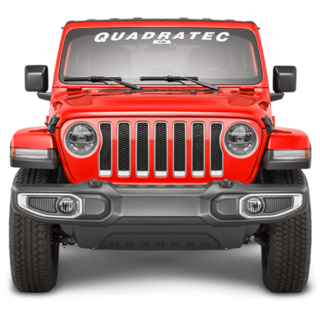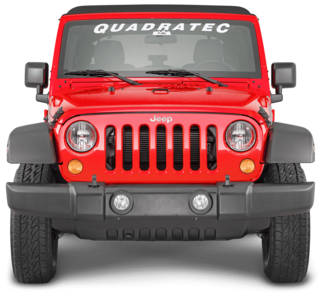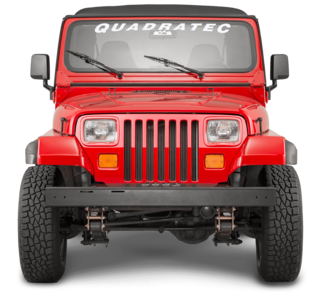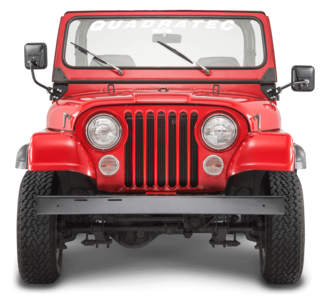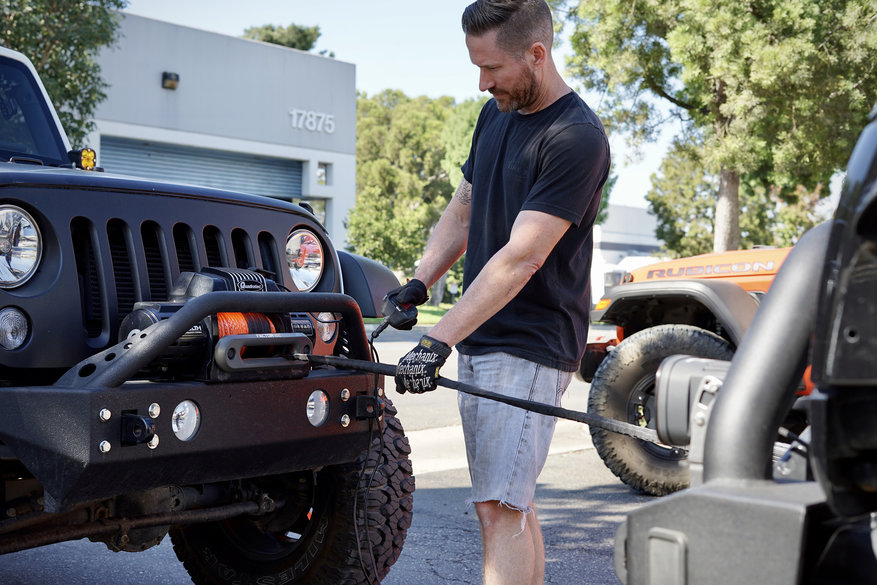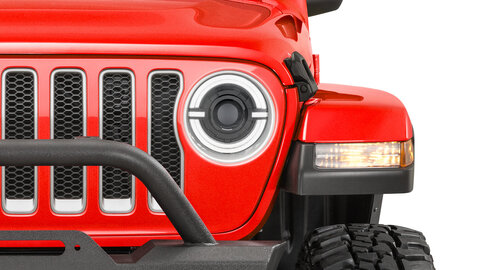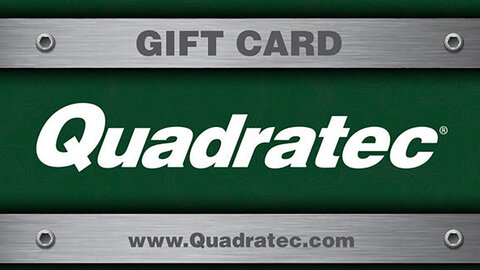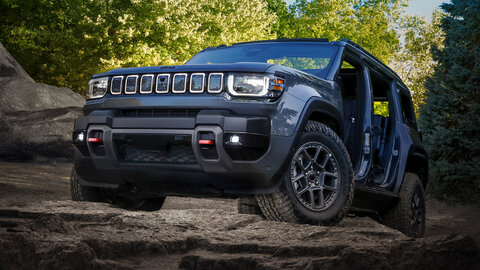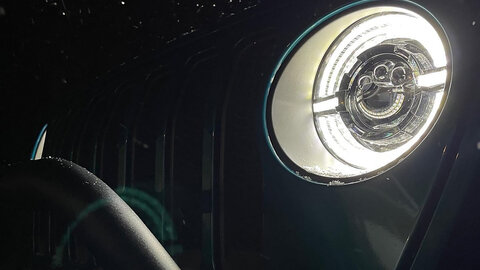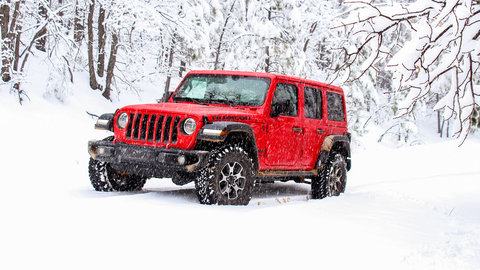by Rob Spencer
Torque Correspondent
The first recorded usage of a winch goes all the way back to ancient times. The greatest empires began using them as they developed all kinds of buildings and bridges.
We have obviously come a long way since then, but believe it or not the winch of today isn’t really so different. Sure, the advancements in how they are built and the practical applications they are used for have advanced, but the engineering behind what they do have basically stayed the same.
Today, as an frequent off-roader, I rely on my winch as an essential tool for my vehicle. Not because it gets used everyday, but because I know that when I’m out there, I better be prepared for whatever may happen — and a winch can be all the difference between failure and success.
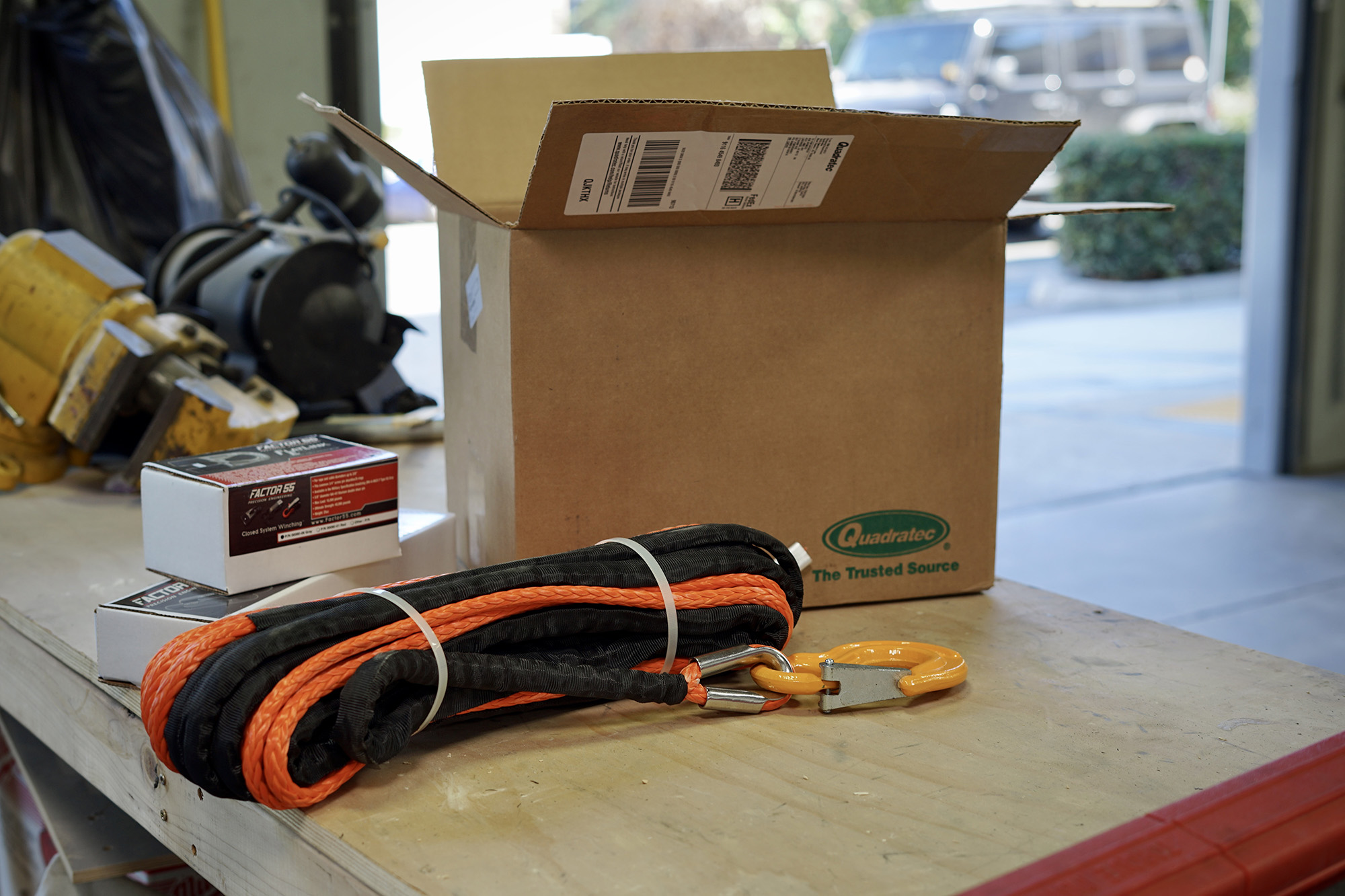
For years I’ve relied on Quadratec's Q-Series Dyneema Synthetic Winch Line to be built tough, reliable and capable in order to perform whatever task I need. Like most, I often use my winch to help others get themselves out of trouble more than ‘un-sticking’ myself, but there have been times when I’ve needed it for more than just recovery.
For most, the scariest part of using a winch is the potential of that cable to snap when under load, and I’ve heard horror story after horror story of people repeating the same mistakes that could potentially cause serious injury. For those looking for some winching basics, you can read over our proper winching article. For here, however, instead of spending time talking about how to properly protect yourself from the potential of that cable breaking, I’d rather spend a few moments talking about what I believe is a better option — changing that cable out for synthetic rope.
Switching your line is easy. I could try and over complicate it with a tutorial that makes me look like a professional, but the truth is it’s pretty simple, and I’m not that professional.
Here is the process broken down into steps:

1. Switch your winch knob to free spool.
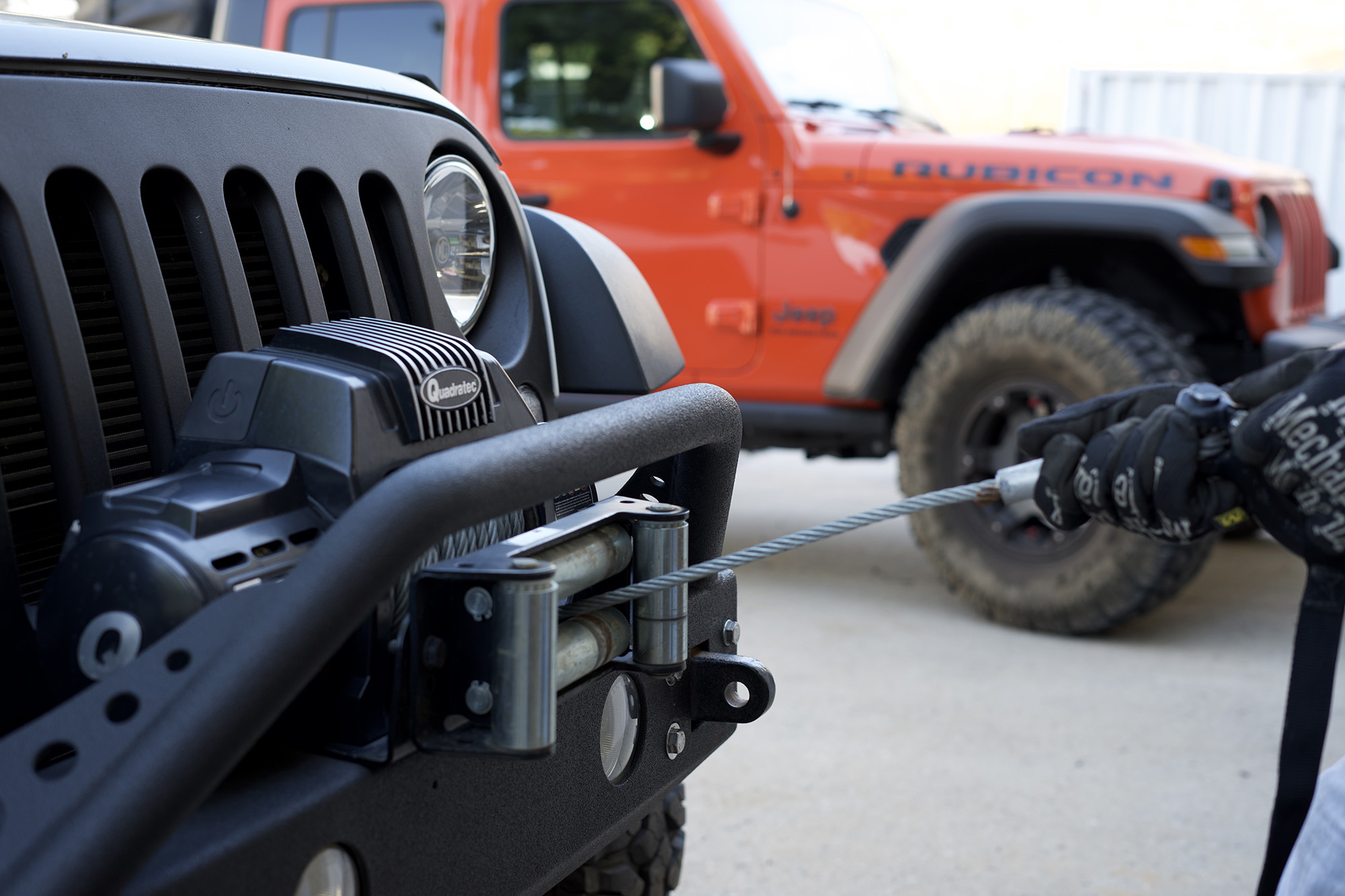
2. Pull out and remove the cable.
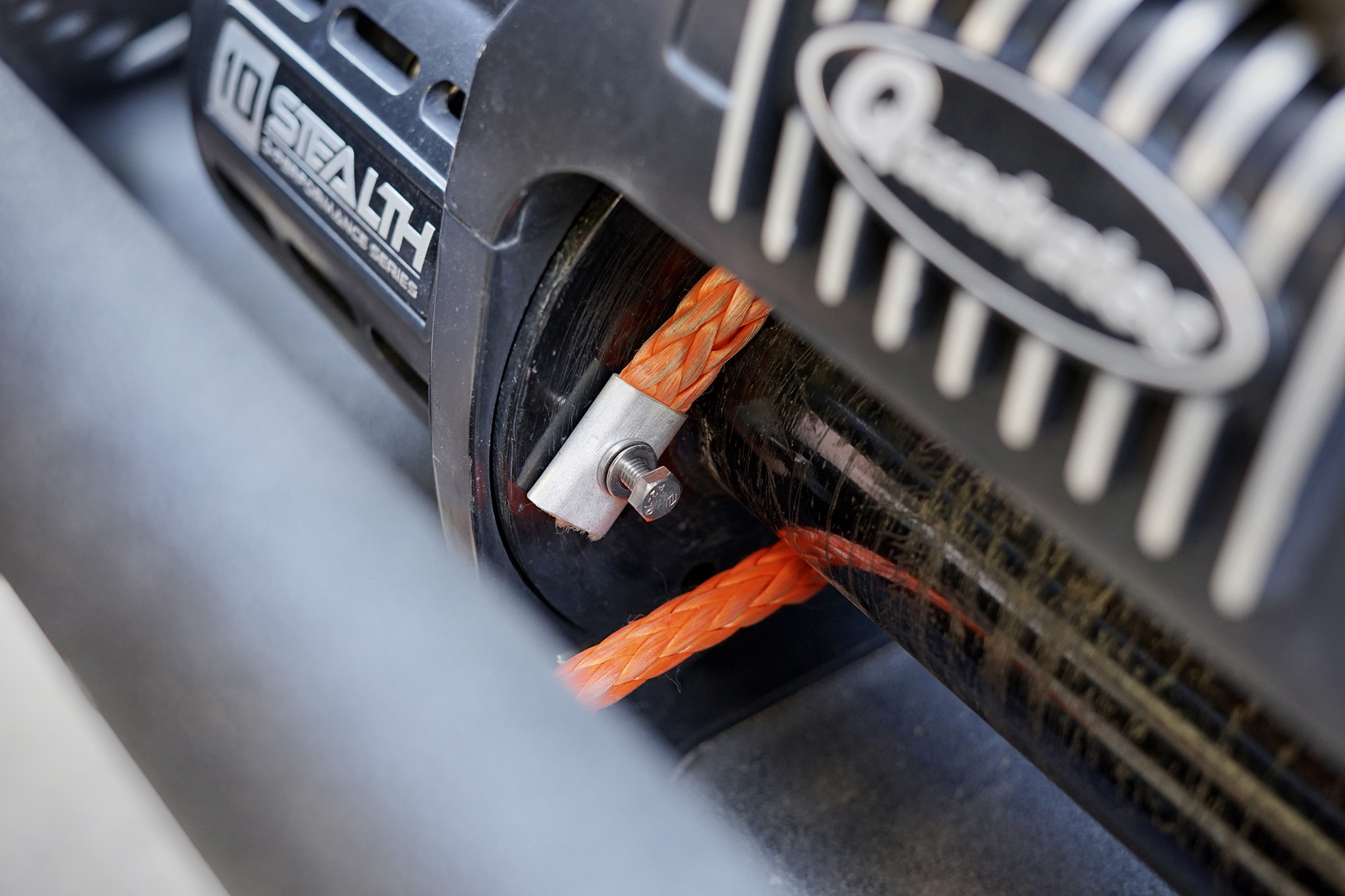
3. Screw in the end of your new synthetic line to the winch drum to hold it in place while installing.
4. Lock the free spool knob back in place.
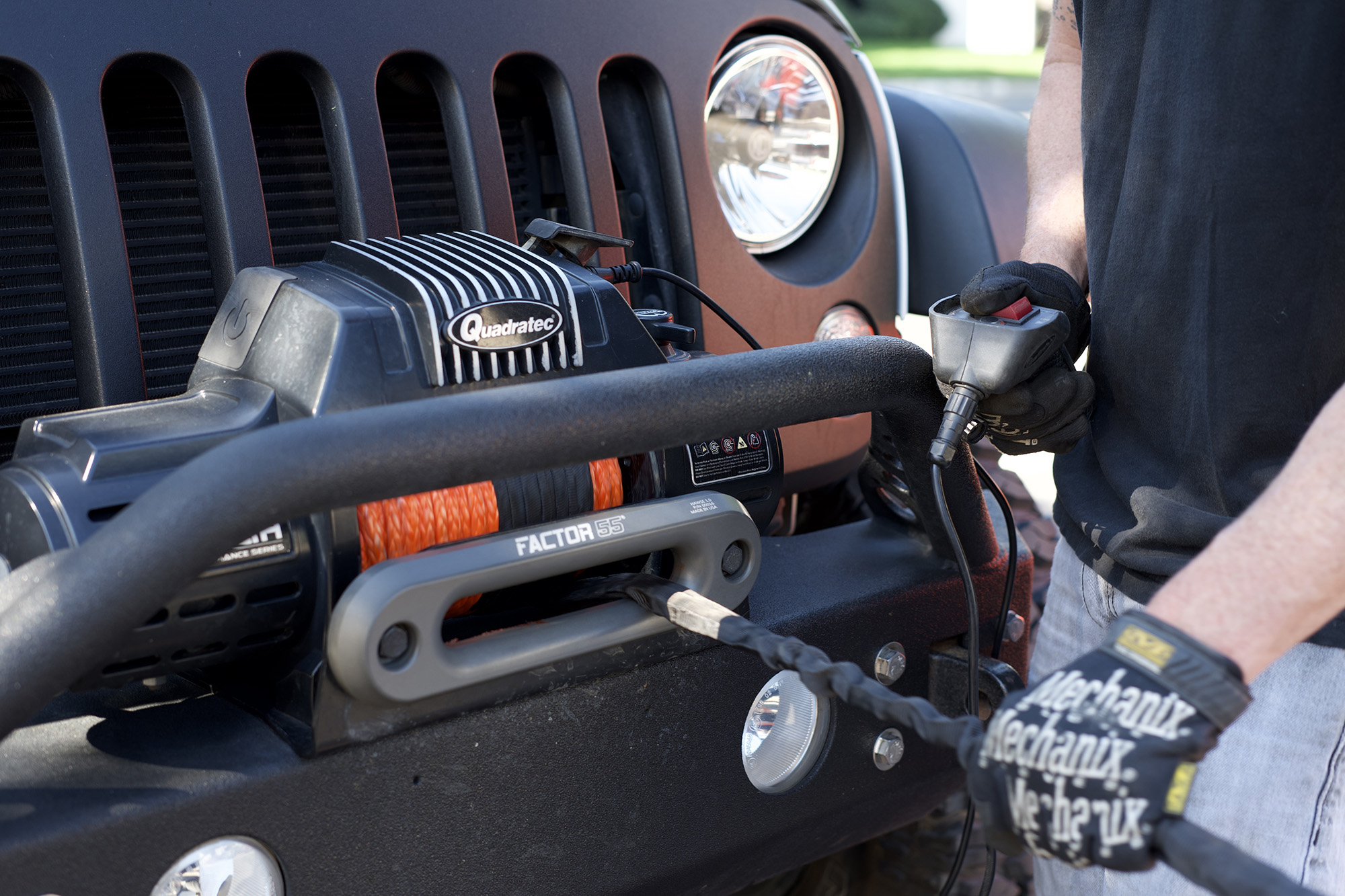
5. With tension, winch the new line into the winch drum. For this process, I used another vehicle to hold that tension. But I’ve also seen people use their own vehicle by winching off around a tree or something solid.
Additionally, here is a video on how to pretension that synthetic winch rope.
Remember, you will have to swap out your fairlead from roller to hawse when switching to a synthetic line.

I love Factor 55 equipment and highly recommend picking up one of their Hawse Fairleads. Factor 55 is built as tough as they come, and their products are consistently ranked as the best in the business. There are also plenty of other Hawse Fairlead options depending on your budget and needs.
There are several great reasons to upgrade from cable to synthetic line. The first is safety. It is less likely that a synthetic line will break, but if it does the difference between a cable snap and a synthetic break is night and day. The easy definition is that synthetic line does not store as much load energy as cable does, so if there happens to be a break, then there is not that release of crazy, projectile launching energy that happens with a wire cable line.
Synthetic line is also lighter, easier to handle, and STRONGER than cable. That makes it easier to use, kink free and you increase strength without having to do anything more than swapping the line.
There is a maintenance component that comes with synthetic line, though. Simply put, synthetic lines age. Cable line will age as well, but with cable it is much more visible to the average eye, so damage won’t sneak up on you like it can with a synthetic line. Luckily, this is an easy fix and worth it for the benefits gained. Many will recommend swapping the synthetic rope every 12 months, but if you protect the line from things like the seasonal weather, and inspect the line periodically, you should realistically get more life from your synthetic rope. You can learn more here about synthetic rope care.
Remember, regardless of what line you use, safe and proper winching practices are imperative under all circumstances. The gear you use cannot replace the understanding of how to be safe in any recovery situation.
Articles You May Be Interested In:
What Is The Difference Between An Electric And Hydraulic Winch


